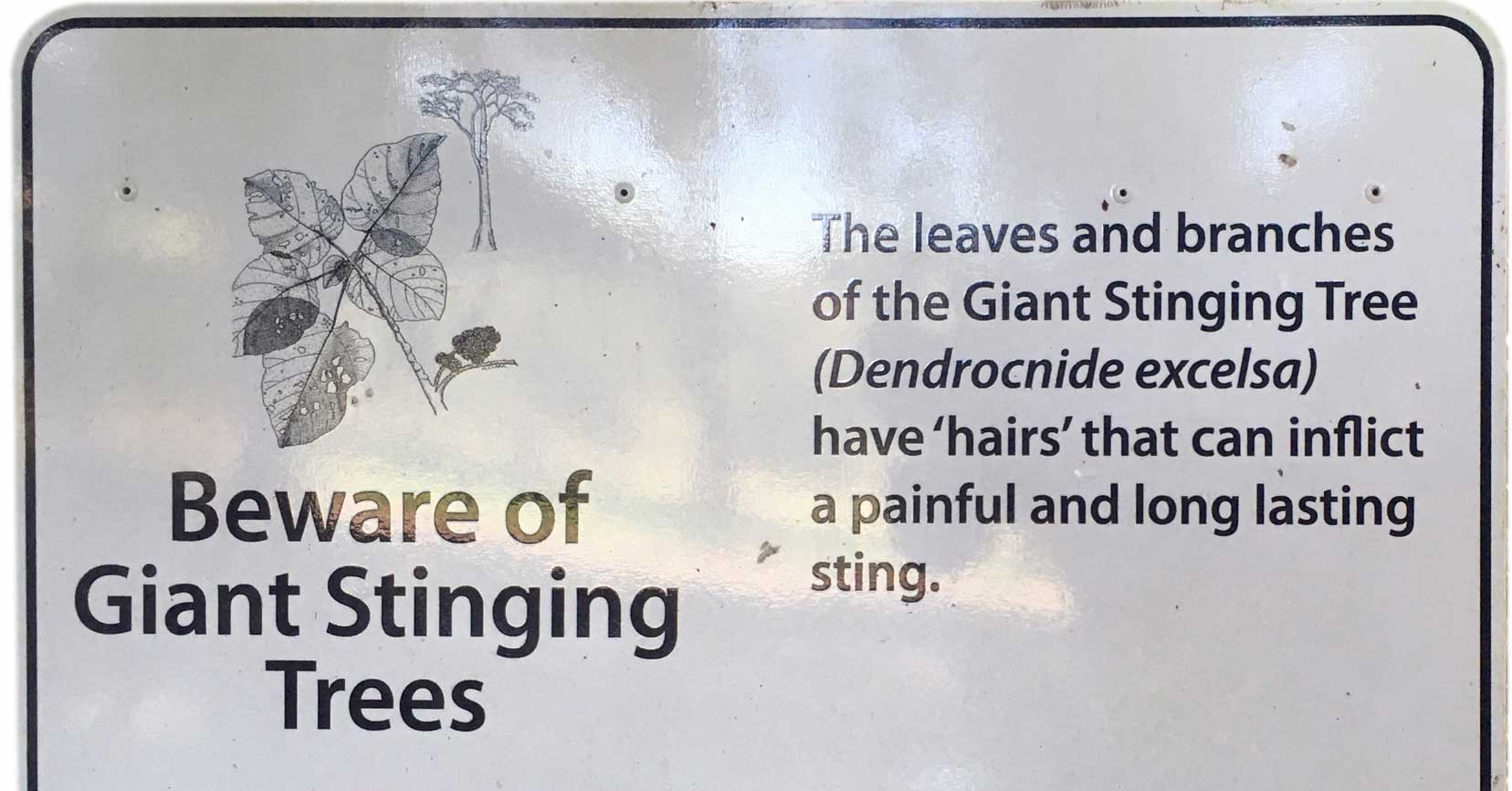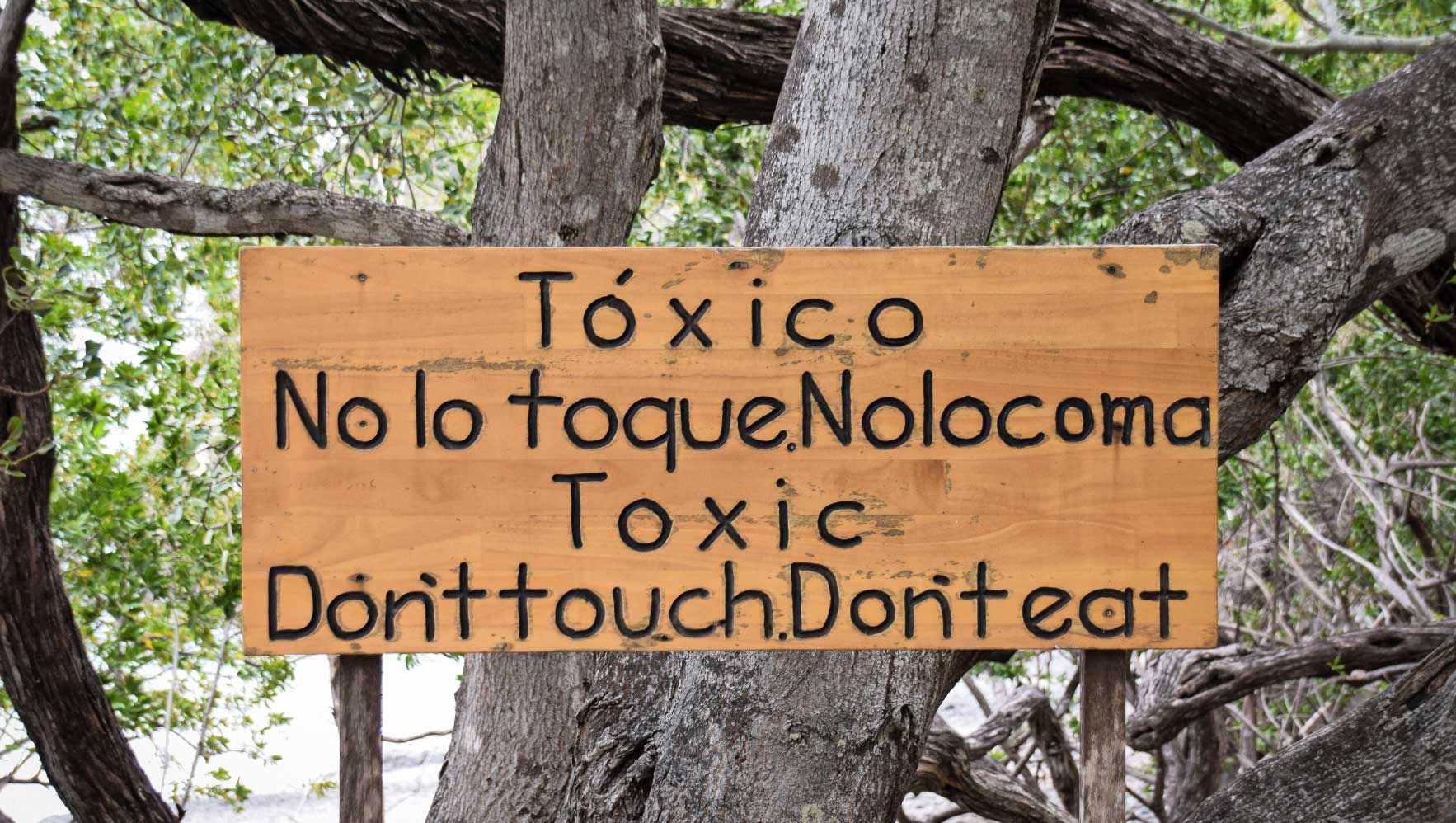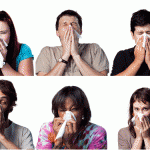
“I recently say a sign in Wingham Brush Nature Reserve, warning of giant stinging trees. Are there any trees more toxic than these?”
The various species of Dendrocnide, such as the Dendrocnide excela ‘giant stinging trees’ in Wingham can indeed inflict extremely painful and long-lasting stings.
But for once, Australia does not lead the world in toxic flora! The Guinness Book of World Records lists the manchineel tree, Hippomane mancinella, as the world’s most toxic tree.
The tree grows up to 15 metres high in mangroves and on sandy coasts in North, Central and South America, and in the Caribbean. In Spanish, the name of the tree means “small apple”, inspired by its fruits, but it’s also known as arbol de la muerte, “the tree of death”.
White sap in its leaves, bark and fruits includes a series of toxins, not all of which have been fully identified. Manchineel sap causes severe blisters on the skin, and blindness if it gets into the eyes.

Even sheltering under the tree in the rain can cause symptoms, and if the tree catches fire, the smoke can lead to blindness, rash, and breathing problems. If you eat the mature red fruits, they can kill you, the fruit sap corroding your internal organs.
Our own stinging trees work more like nettles – indeed they are part of the nettle family Urticaceae. Government health advice if stung is NOT to rub the area, but to remove visible hairs with tweezers then use adhesive tape or hair-removal wax strip to remove finer hairs.






